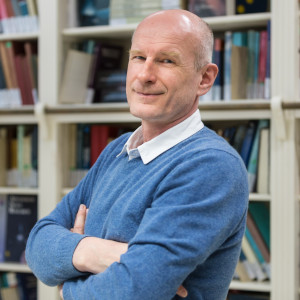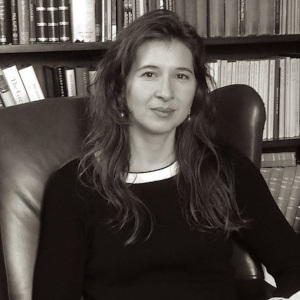The NOVA research program: The life-cycle of stars and galaxies
The research program carried out by NOVA ‘The lifecycle of stars and galaxies: from high-redshift to the present’ is organized along the following three interconnected thematic programs (also called ‘networks’):
Each network consists of 15-20 active staff researchers with strong scientific records. The networks have regular (two to three times per year) face-to-face meetings with scientific presentations, mostly by PhD students and postdocs. Subgroups of researchers from different universities focusing on more specialized topics also meet regularly.


Karina Caputi and Henk Hoekstra
"Over the coming decade, the James Webb and Euclid space telescopes will revolutionise our vision of galaxy evolution at early cosmic times and elucidate the nature of dark energy, the most important energy component of the Universe. With these space-telescope observations, as well as data from leading ground-based telescopes, we will understand how the Universe was reionised and how the first galaxies were formed. We will also map the emergence of large-scale structure
and explain how matter and energy intertwined to make the Universe that we see today."



Inga Kamp Alex de Koter and Aline Vidotto
“The new Extremely Large Telescope will make it possible to find and characterize planets like Earth orbiting our neighboring stars for the first time. What we will find? No idea! That is the thrill of scientific exploration.”

Nathalie Degenaar and Andrew Levan
“Conditions in some astrophysical systems far exceed those attainable in any Earth-bound experiment. Studying them allows us to probe physics in the most extreme conditions possible, where the laws of physics are tested, maybe to breaking point. At the same time, the energy to reach such extremes is immense, making such systems bright lighthouses to explore the Universe.”






